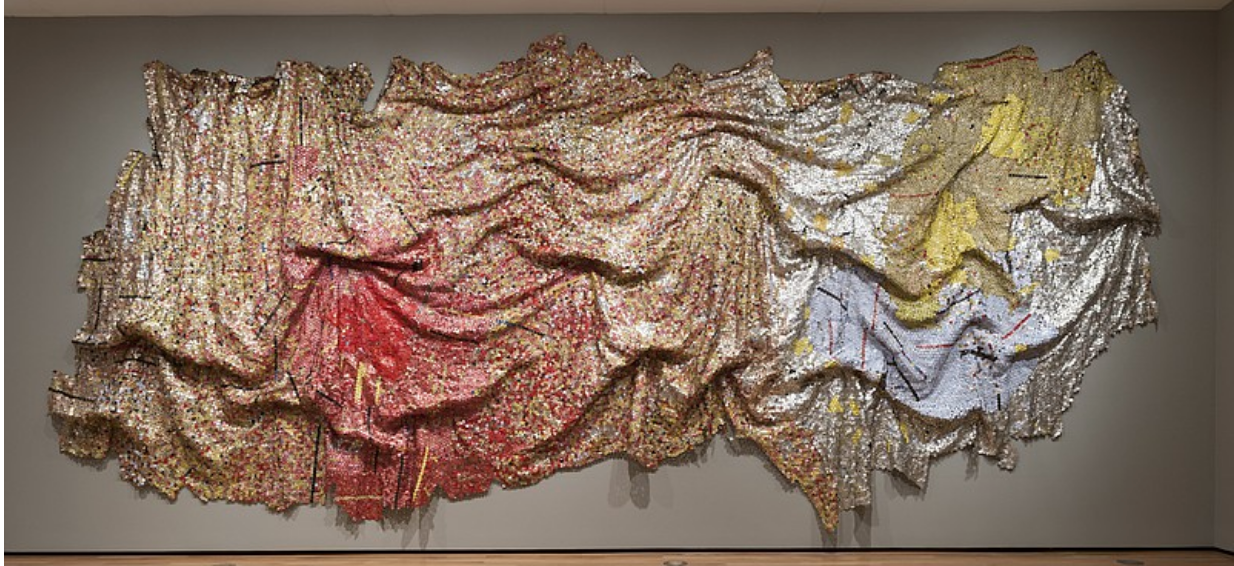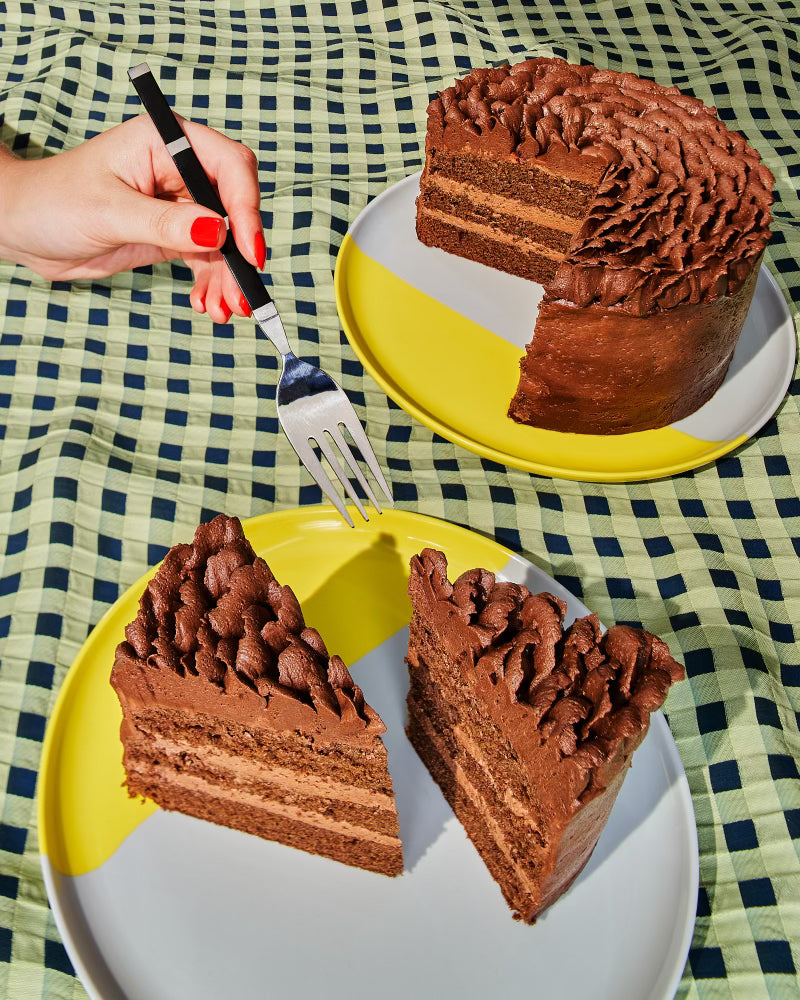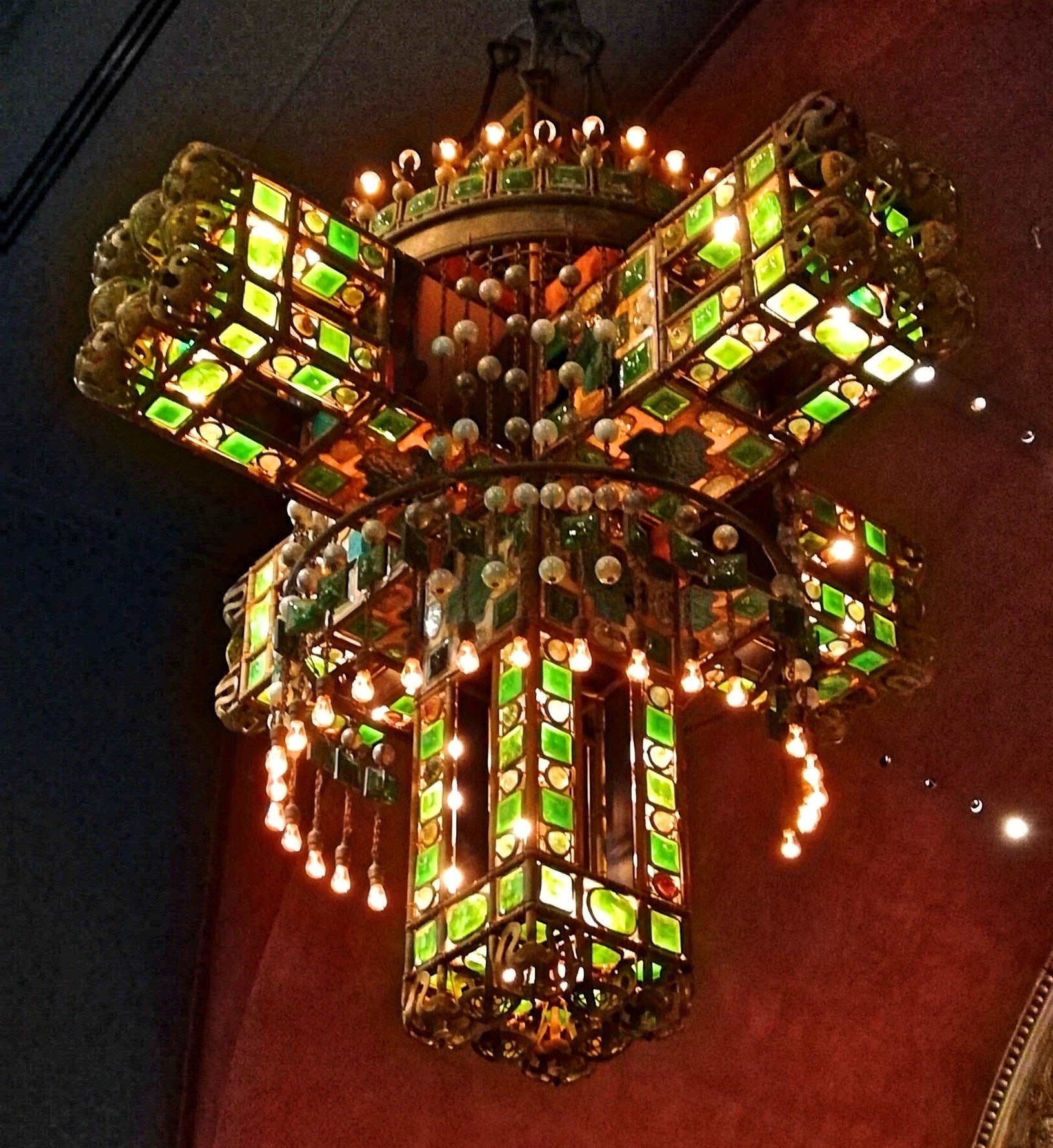
One Man's Trash Is Another Man's Treasure - El Anatsui's Brooklyn Museum Exhibition

Anatsui was born in Anyako, and trained at the College of Art, University of Science and Technology, in Kumasi, in central Ghana. He began teaching at the University of Nigeria, Nsukka, in 1975, and has become affiliated with the Nsukka group.[1]

Anatsui's preferred media are clay and wood, which he uses to create objects based on traditional Ghanaian beliefs and other subjects. He has cut wood with chainsaws and blackened it with acetylene torches; more recently, he has turned to installation art. Some of his works resemble woven cloths such as kente cloth. Anatsui also incorporates uli and nsibidi into his works alongside Ghanaian motifs.



Anatsui said that in developing his art he looked for "something that had more relationship to me, as someone growing up in an African country".[7] He wanted to "draw connections between consumption, waste, and the environment".[8] According to Anatsui, "Art grows out of each particular situation, and I believe that artists are better off working with whatever their environment throws up".[9]
A Western art critic has said that Anatsui's bottle tops could be compared to "Duchamp's bicycle wheel" and "recall disparate Modernist sweet spots without quite settling into any familiar category."[10]


For me seeing the draping of these enormous sculptures evokes the movement of an Indian Sari. The colours and texture create such emotion that you are even more intrigued when walking toward it and seeing the detail. As the saying goes "One Man's Trash Is Another Man's Treasure".


"If You Touch Something It Leaves A Charge On It Touching It Connects You In A Way"
Anatsui's career grew gradually, starting in his home village of Nsukka before branching off to places such as Enugu and Lagos, and eventually internationally.[10] In 1990, Anatsui had his first important group show at the Studio Museum In Harlem, New York. He also was one of three artists singled out in the 1990 exhibition "Contemporary African Artists: Changing Traditions", which was extended for five years.[10]
Anatsui has since exhibited his work around the world, including at the Brooklyn Museum (2013);[11] the Clark Art Institute (2011);[12] the Rice University Art Gallery, Houston (2010);[13] the Metropolitan Museum of Art, New York (2008–09);[14] the National Museum of African Art, Smithsonian Institution, Washington, D.C. (2008);[15] the Fowler Museum at UCLA (2007);[16] the Venice Biennale (1990 and 2007);[17] the Hayward Gallery (2005);[18] the Liverpool Biennial (2002);[17] the National Museum of African Art (2001);[17] the Centre de Cultura Contemporània de Barcelona (2001);[17] the 8th Osaka Sculpture Triennale (1995);[17] and the 5th Gwangju Biennale (2004).



We manufacture in so many countries across the world. Thomas often says that the reason American's are not so aware of our garbage is that in America we hide it so well where as in 3rd world countries its visible daily and make one hyper aware of producing in a sustainable way.

In 1995, Anatsui held his first solo exhibition outside of Africa in London. He expressed a variety of themes and demonstrated how African art can be shown in a multitude of ways that are not seen as "typical" African.[10] His work utilized conceptual modes used by European and American artists but hardly in African countries.[10] Anatsui showed his work at the de Young Museum in San Francisco in 2005.
This was his first time "appear[ing] as part of the permanent collection in a major art museum".[19] Also in 2005, his exhibition at New York's Skoto Gallery, "Danudo," was the first display of his metal sheets in an American city.[19] At this gallery, Skoto Aghahowa presented Anatsui's wood wall panels alongside Sol LeWitt's drawings. This exhibition popularized his bottle-cap works as he gained more recognition in the press.[19]



Thomas on a bench at The Brooklyn Museum taking it all in
Anatsui was invited to the Venice Biennale in 2006 and again in 2007 where he was commissioned to make two hanging metal tapestries. During the 2007 edition, he exhibited his works at the Palazzo Fortuny which consisted of newly built walls for him to display three metal hangings entitled Dusasa.[19] Each artwork demonstrated different textures and colors including golds, reds, and blacks. The way the bottle tops draped throughout the hangings created a sense of gentleness that made it stand apart from the other works in the gallery.
[19] The art curator of the Biennale, Robert Storr, mentions that the artist's series "reaches back into a whole series of things in the postwar period-it has a kind of exaltation I have not seen before".[19] During this Venetian showing, Anatsui wanted to create a new experience for his viewers conceptually. He believes that "human life is not something which is cut and dried. It is something that is constantly in a state of change."[10] At this point, he began to refer his metalworks as hangings instead of "cloths".[10]


A 2010 retrospective of his work, entitled When I Last Wrote to You About Africa, was organized by the Museum for African Art and opened at the Royal Ontario Museum in Toronto, Ontario, Canada. It subsequently toured venues in the United States for three years, concluding at the University of Michigan Museum of Art.
A major exhibition of recent works, entitled Gravity & Grace: Monumental Works by El Anatsui, had its New York premiere at the Brooklyn Museum in 2013. Organized by the Akron Art Museum (exhibition: 2012), the exhibition later traveled to the Des Moines Art Center (2013–14) and the Bass Museum of Art in Miami (2014).[20]




Leave a comment
This site is protected by hCaptcha and the hCaptcha Privacy Policy and Terms of Service apply.